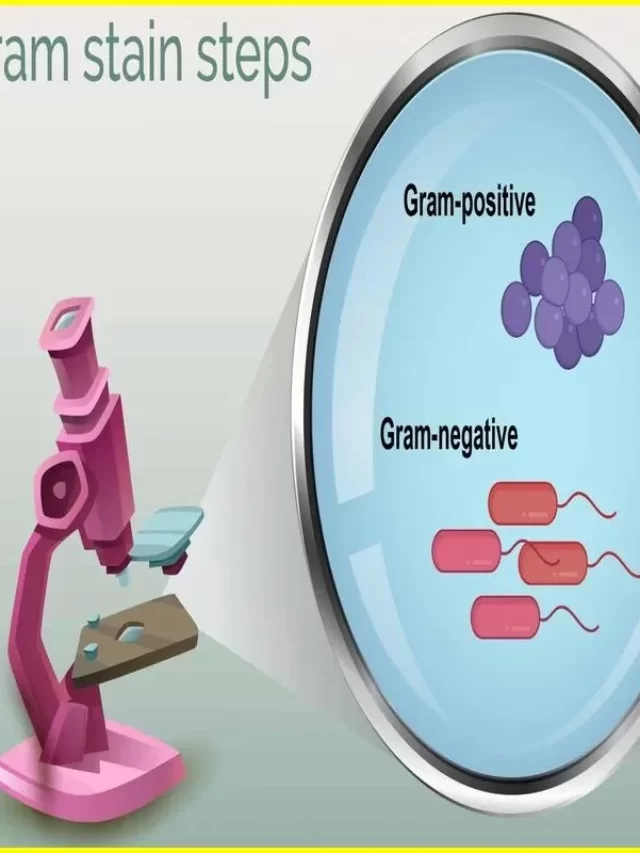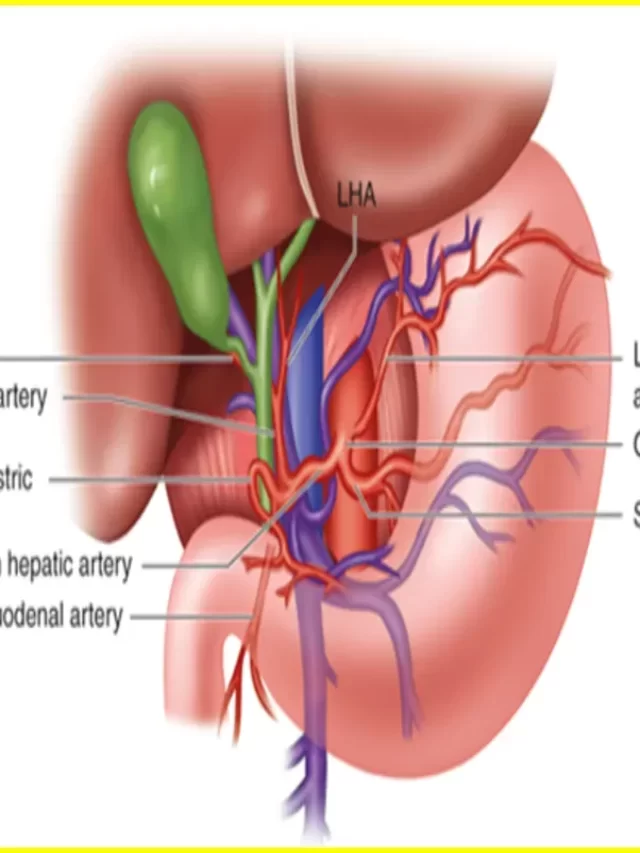
What are the hemodialysis machines
Dialysate is a fluid composed of water, electrolyte and salt. During dialysis, the dialysis helps to clean the blood inside the dialyzer by removing waste products and balancing electrolytes.
Healthy kidneys clean the blood and remove excess fluid in the form of urine. also make substances that keep the body healthy.
When the kidneys don’t work as well, dialysis replaces some of these functions. There are mainly two different types of dialysis.

Read More Article About:- Health & fitness
Read More Article About:- Medical Technology
Read More Article About:-Sports
1.) Hemodialysis
2.) Peritoneal dialysis.
With hemodialysis a machine removes blood from the body, filters it through a dialyzer and returns clean blood to the body.
This 3- to 5-hour procedure can be done up to three times a week in a hospital or dialysis center.
Hemodialysis machine:- A machine that filters a patient’s blood to remove excess water and waste products when the kidney is damaged, damaged, or missing. The dialysis equipment itself can be considered an artificial kidney.
How hemodialysis machine works ?
Hemodialysis is a procedure where a dialysis machine and a special filter called an artificial kidney or dialyzer are used to clean the blood.
The doctor needs to enter or enter the blood vessels to move the blood into the dialyzer. This is done with minor surgery.

Perform home hemodialysis or in-centre hemodialysis relying on a hemodialysis machine to filter the blood. The machine filters the blood through a dialyzer, also known as an artificial kidney.
With built-in security checks to ensure that the process is safe and effective. Home and in-center hemodialysis machines are very similar in function, although the home machine is much smaller.
1.) The two tubes are connected via hemodialysis access. Blood flows from the patient’s body through a tube to the machine.
2.) If the doctor prescribes a blood thinner as part of the patient’s treatment, it will be added to the machine to prevent the blood from clotting.
3.) A pressure monitor and pump work together to keep the flow at the correct rate.
4.) Blood enters the dialyzer, where it is filtered.
5.) The dialyzed solution enters the dialyzer. It removes waste from the blood.
6.) The used dialysate solution is taken out of the machine and discarded.
7.) The blood passes through another pressure monitor and an air trap to make sure it is safe to return to the body.
8.) The cleaned blood is returned to the patient’s body through another tube attached to the access site.
What are the working principle of hemodialysis
The principle of hemodialysis is similar to other methods of dialysis in that it is the diffusion of solutes across a semipermeable membrane.
In this process hemodialysis uses counter current, where dialysis is flowing in the opposite direction of blood flow in the extracorporeal circulation.

In this process, the counter-current flow maximizes the concentration gradient across the membrane, thereby maximizing the efficiency of dialysis.
Ultrafiltration is achieved by changing the hydrostatic pressure of the dialysate compartment so that free water and some dissolved solutes move across the membrane along a created pressure gradient.
The dialysis solution used may be a sterilized solution of mineral ions or rather it is a residual waste.
Urea and other waste products that remain after dialysis, potassium and phosphate are dispersed in the dialysis solution.
However, sodium and chloride concentrations remain the same as in normal plasma to prevent damage.
To correct the acidity of the blood, sodium bicarbonate is added in higher amounts than in plasma. A small amount of glucose is also commonly used in this process.
What are the basic components of hemodialysis
1.) Roller pump for blood.
2.) dialyzer.
3.) Blood Leakage Detector.
4.) dialysate pressure gauge.
5.) dialysate pump.
6.) Syringe.
7.) dialysate flow meter.
8.) Conductivity cell.
9.) Venous pressure gauge and heater.
How is the dialysate temperature controlled?
The dialysate temperature range is primarily 35–37 °C, the effective way to control the temperature is to vary the flow rates by using peristaltic pumps.
Conversely, control of temperature can also be made possible by applying heating elements through tubing, which may be ineffective in active regulation.
Dialysis Temperature Control and Measurement
Dialysis is usually done at human body temperature. Lower than body temperature, dialysis is less efficient, or rather, more likely to cause problems. And the blood has to be warmed before it is returned to the patient.

High temperatures >40 C can damage the components of the blood. The dialysate temperature is monitored and controlled prior to supply to the dialyzer.
This control system is used to increase the dialysate temperature to a required value.
There are two types of circuits for temperature control
1.) Bi-metal thermostats.
2.) Electronic proportional controller.
A thermistor is used to sense the temperature and a triac is used to control the power to the heater.
How do we measure dialysate pressure and conductivity
Conductivity measurement
Conductivity measurement allows estimation of urea clearance during a hemodialysis session. Conductivity measurements provide a value of ‘conductivity clearance’ for some, but a value of ‘ionic dialysis’ for some.
The conductivity of the dialysis fluid is an appropriate parameter to measure the total salt concentration.
In this it is very easy to measure conductivity with reasonable accuracy and the measuring instrument is usually very stable over time. It is used for both the ratio and monitoring of concentration intermixing.
Dialysis Pressure Control and Measurement
Effluent pump is a fixed-flow, motor-driven gear pump. Negative pressure on dialysate created by effluent pump. pressure between zero and max by adjustment on the machine panel.
It is fitted with a relief valve that limits the maximum negative pressure and reduces the risk of rupture of the dialyzer membrane.
Its important work pressure adjustment should not cause any change in flow rate. The strain gauge is the pressure measured by the transducer.
Dialysis pressure is measured on one side of the membrane and venous pressure on the other. The effective pressure on the membrane is the algebraic sum of dialysate pressure and venous pressure.
How can we find out if there is a blood leak?
Blood leak detector
Blood leakage can be detected in the dialyzer membrane using a photo-electric transducer inside it. The leak detector checks the light absorption of dialysate at 560 nm i.e. absorption wavelength of hemoglobin.
What is the use of Ultrafiltrate Monitor in Hemodialysis
Ultrafiltration is the removal of fluid from a patient with one of the functions of the kidney that replaces dialysis treatment.
Ultrafiltration occurs when a fluid passes through a semipermeable membrane due to driving pressure.
Ultrafiltration describes the transport of a plasma water solvent through a semipermeable membrane driven by a pressure gradient between the blood and dialysate compartments.
What are the pros and cons of being on dialysis?
Some scientists believe that CAPD and APD have several advantages over hemodialysis. Continuous dialysis allows excess fluid to be handled more easily. And this reduces the stress on the heart and blood vessels.
In this, one can eat more and use less medicines. Can do more of your daily activities and it becomes easier to work or travel.
However, there are some people for whom peritoneal dialysis is not suitable.
For some people, especially those who are morbidly obese or who have had multiple abdominal surgeries, this can make peritoneal dialysis treatment difficult or impossible.
an infection of the abdomen, is an occasional complication although should be rare with proper precautions. When deciding on the type of treatment it should be kept in mind that peritoneal dialysis is usually a daily procedure.

Which is similar to kidney function and is more gentle with the removal of fluids from the body. Peritoneal dialysis is an effective form of dialysis and has been proven to be as good as hemodialysis.
Peritoneal dialysis is not for everyone. Must be able to perform each stage of treatment correctly. A trained assistant may also be used.
What is the cost of having one session of hemodialysis?
The cost of one session of hemodialysis is Rs.150 in Government Hospital in South Asia and Rs.2000 in Corporate Hospital, this cost varies from city to city.
How much does a hemodialysis machine cost?
The price of a hemodialysis machine depends on its make, model and city. By the way, its price ranges from $ 9100 to $ 12000.









